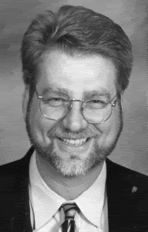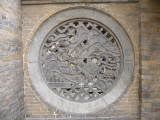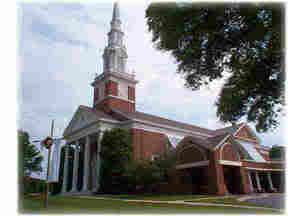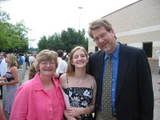christian century (january 11, 2005)
Alban Institute, 129 pp., $17.00
by Diana Butler Bass
I am weary of parish consultants who offer pronouncements of doom, demise and decline; forecast futures based on generic assumptions about generations of people or styles of worship; or describe some congregation that is doing things so right that it is worthy of adoration and praise. The very existence of these consultants is made possible by a void created by scholars who know the traditions, beliefs and rituals of the church but can no longer speak credibly about the life of local congregations. I long for congregational study that is theological, and for scholarly reflection that is specific and concrete.
For this reason, I am grateful for Diana Butler Bass’s The Practicing Congregation. Bass is a church historian writing from the Anglican tradition, but with an insider’s knowledge of the evangelical experience as well. She is motivated by her intuition that broad generalizations about the state of the church are not quite true. She sees that some mainline churches are thriving; some young adults are drawn to the liturgy; much of the tradition is worth salvaging; and many congregations want to lay claim to rich histories and hopeful futures.
Her book does share an assumption with the technical approach of the consultant: the world is changing, and the congregation may no longer function in the way it did a decade or two ago. But the technician looks for quick solutions, whereas Bass helps us to step back and see the bigger picture. When we blame ourselves for the mainline church’s predicament, are we being egocentric? Could many of the problems result from larger shifts in the culture? A historian’s description reads very differently from one shaped by a market economy or a therapeutic culture. As people who care about congregations read these pages, many will sense that a broader and more complex pattern of events is at work.
To evaluate the present circumstance of the mainline church, it is important to situate it historically—something Bass does well. She focuses on particular parishes—in cities like Washington, Baltimore, Chapel Hill and Santa Barbara—within the broad landscape of American church history. Bass traces the church’s movement from the colonial to the industrial to the post–World War II and the postmodern setting. Yet she avoids reducing the church’s mission to its sociological environment, and she conveys the sense that traditions, disciplines and gifts are waiting to be rediscovered.
Most church leaders will agree with what Bass says about disestablishment and detraditionalization. But her willingness to see beyond these forces is most helpful. Perhaps this historical moment is ripe for what she terms “retraditioning.” This retraditioning manifests itself in, among other things, an interest in spiritual direction, the classics of Christian literature, lectio divina, yearlong catechetical processes, practices of hospitality and services of healing.
One of Bass’s arguments worth exploring is that a practice orientation offers a way beyond the conservative-liberal impasse. If the current journey is from liberal to postliberal, and evangelical to postevangelical, the destination is an intentional church that rediscovers practices that are shared by believers of differing persuasions. Most readers will have encountered this phenomenon in people like the former fundamentalist who embraces mysticism, or the activist who yearns for a deeper experience of prayer.
Because participants in mainline churches are on journeys that take them to new places, generalizations about renewal and vitality are not always accurate. This Bass makes clear. Yet there are complexities that she does not address. While practices are shaped by theology, forces within most congregations and denominations work against a clear focus on intentional disciplines. Some people—call them ideological purists or true believers—have a stake in maintaining the present divisions. These people come from both the theological left and right, and they see the call to focus on practices as a diversion. Still, Bass imagines a new future for the mainline church. She sees both the forest and the trees, the great tradition and the local parish. Her vision is clear, her passion obvious and her analysis solid. Reach for this book rather than the latest tome by a church consultant.




 Carter's Roost
Carter's Roost




0 Comments:
Post a Comment
<< Home